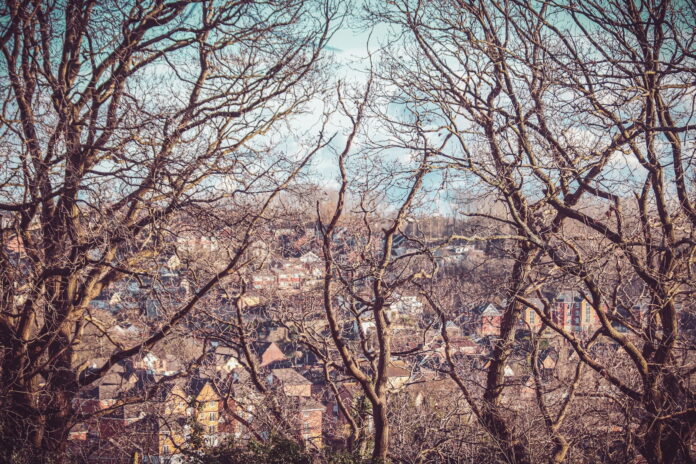Urban areas are often viewed as the antithesis of natural environments, dominated by concrete and bustling with human activity. However, cities hold a significant potential for biodiversity conservation and can play a crucial role in creating sustainable ecosystems. By understanding urban biodiversity, designing green spaces intentionally, and implementing sustainable practices, urban landscapes can be transformed into thriving wildlife sanctaries that benefit both nature and people.
Understanding Urban Biodiversity: The Basics
Urban biodiversity refers to the variety and abundance of living species in urban environments, including plants, animals, fungi, and microorganisms. Despite the challenging conditions posed by urban areas, such as pollution and habitat fragmentation, many species have adapted to city life. Understanding these adaptations is crucial for developing strategies to enhance urban biodiversity. For instance, recognizing that certain bird species thrive in small, densely planted areas can guide the design of urban green spaces.
Urban ecosystems are dynamic and can support a surprisingly high level of biodiversity. Research indicates that urban areas often serve as refuges for pollinators or migratory birds, which use city parks and gardens as stopover points. By studying these patterns, urban planners and ecologists can identify biodiversity hotspots and prioritize them for conservation. Additionally, public awareness and education about urban biodiversity can foster a community’s connection to their local environment, promoting conservation efforts and sustainable living.
Finally, the genetic diversity within urban environments can be quite significant, offering opportunities for species to adapt to changing conditions. This genetic reservoir can be a crucial tool in resilience planning, helping urban areas to respond to environmental changes such as climate change. By mapping and monitoring genetic diversity in cities, conservationists can better understand the ecological networks and processes at play, leading to more effective urban biodiversity strategies.
Designing Green Spaces for Wildlife in Cities
The design of urban green spaces is pivotal in supporting wildlife in cities. These areas not only provide sanctuary for various species but also serve as corridors that facilitate movement across urban landscapes. Incorporating native plants in park designs, for instance, can attract native wildlife and support local ecosystems. Additionally, features like water bodies, wildflower meadows, and dense shrubs can offer food, shelter, and breeding sites for a variety of organisms.
Strategically connecting these green spaces is equally important. Ecological corridors, or greenways, allow wildlife to move freely and safely across urban areas, which is essential for maintaining genetic diversity and healthy populations. These corridors can be as simple as tree-lined streets or as complex as integrated park systems that span large areas of a city. Such planning helps mitigate the effects of habitat fragmentation and promotes a more resilient urban ecosystem.
The design of urban green spaces should consider not just the ecological aspects but also the social dimensions. Spaces that are accessible and engaging for the local community can help build a strong stewardship ethic among residents. Educational signage, interactive elements, and community involvement in green space management can enhance the ecological benefits of these areas while also enriching the community’s quality of life.
Implementing Sustainable Practices for Urban Ecology
Sustainable urban ecology practices are essential for the long-term health of urban biodiversity. One key practice is the management of urban water resources. Rain gardens, bioswales, and permeable pavements can help manage stormwater runoff, reduce pollution, and provide habitats for urban wildlife. These features not only support local ecosystems but also contribute to the overall sustainability of urban areas by improving water quality and reducing flood risks.
Another vital practice is the integration of green roofs and walls. These structures can significantly increase urban green space, providing refuges for wildlife and reducing the urban heat island effect. Green roofs are particularly effective in urban centers where ground-level space may be limited. They offer new habitats for a range of species and can be designed to mimic local ecological conditions, thus supporting native species.
Lastly, sustainable urban planning must include the conservation of existing natural habitats and the restoration of degraded ones. Protecting these areas from further development is crucial for maintaining biodiversity and ecological services. Restoration efforts, such as replanting native vegetation and removing invasive species, can revitalize urban ecosystems. These practices, combined with community engagement and education, ensure that urban biodiversity conservation is a shared responsibility, leading to more sustainable and livable cities for future generations.
By embracing these strategies, cities can transform into vibrant ecosystems that support diverse forms of life, contributing to global biodiversity conservation and offering residents a higher quality of life through closer contact with nature.
